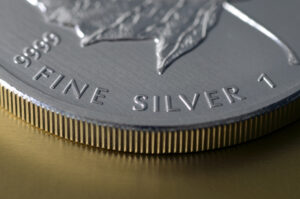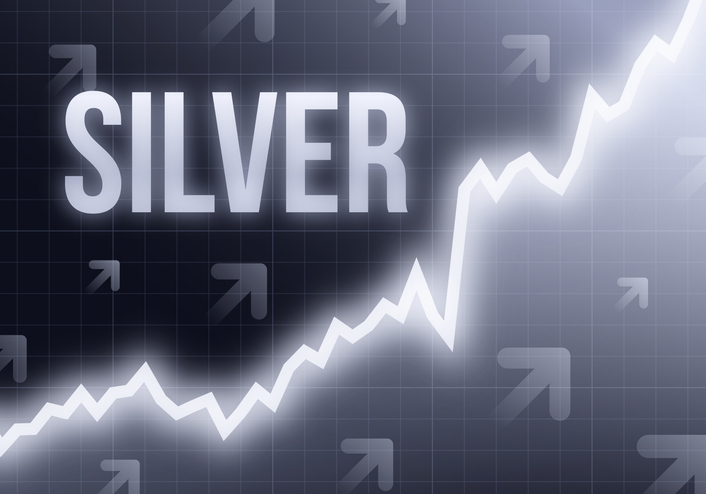
Silver Is Underpriced Given Supply And Demand Dynamics
The comments below are an edited and abridged synopsis of an article by Mike Maharrey, Money Metals Exchange
Global industrial demand for silver is expected to soar this year, leading to a big market deficit. Silver isn’t priced for this dynamic.
Industrial silver demand is projected to rise by 8% to a record 632 million ounces.
Although global investment demand declined, silver demand remained high. Strong investment sentiment in North America helped offset declines in India and Germany.
On the supply side, global mined silver is expected to fall by 2% year-on-year to 820 million ounces, driven by lower output from operations in Mexico and Peru.
With a combination of high demand and falling mine output, there is a projected 140-million-ounce market deficit for silver.
Given the current macroeconomic environment, and supply-and-demand dynamics, silver is undervalued at $23—$25 an ounce.
While industrial use accounts for roughly half of global silver demand, silver is a monetary metal. It tends to track gold over time. In fact, silver often outperforms gold during a gold bull run.
In other words, if you’re bullish on gold due to the prospect of loosening Fed monetary policy and a resurgence of inflation, you should be bullish on silver as well.
Since the world went on a fiat money system, there is a correlation between the silver-gold ratio and central bank money creation. During periods of money-printing, the gap tends to shrink.
Silver isn’t priced for this dynamic. In fact, it is significantly undervalued compared to gold.
The current silver-gold ratio is just over 87-1 (it takes over 87 oz. of silver to buy an oz. of gold). The average has been between 40:1 and 50:1. Historically, the ratio has always returned to that mean. And when it does, it does so with a vengeance. The ratio fell to 30-1 in 2011 and below 20-1 in 1979.
Given the current silver price, the silver-gold ratio, and supply-and-demand dynamics, silver appears to be on sale.


